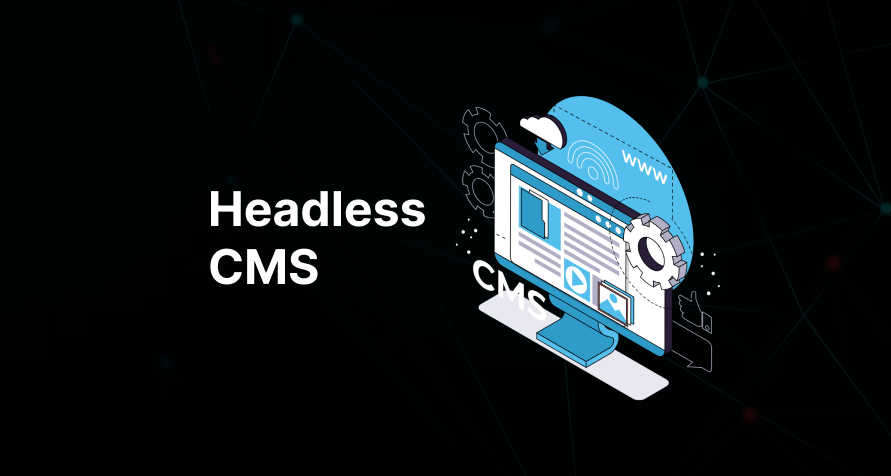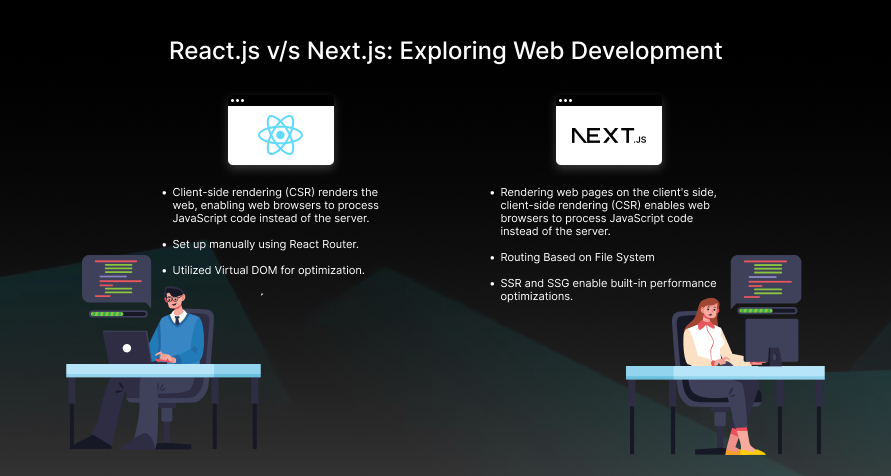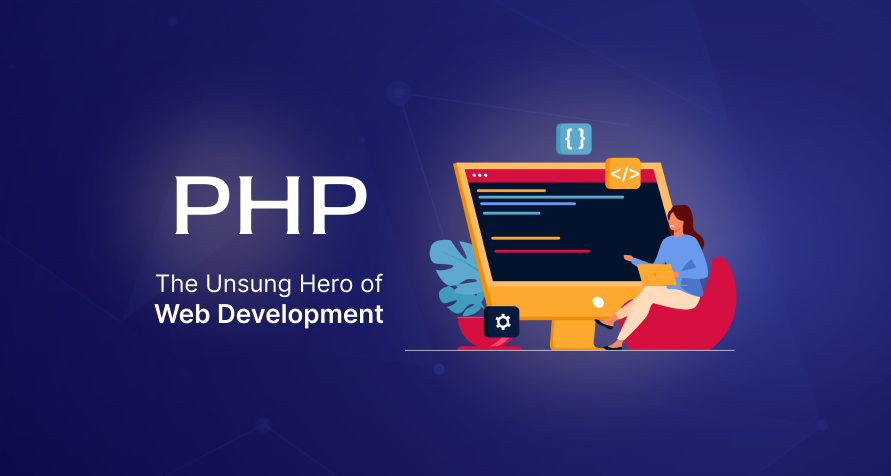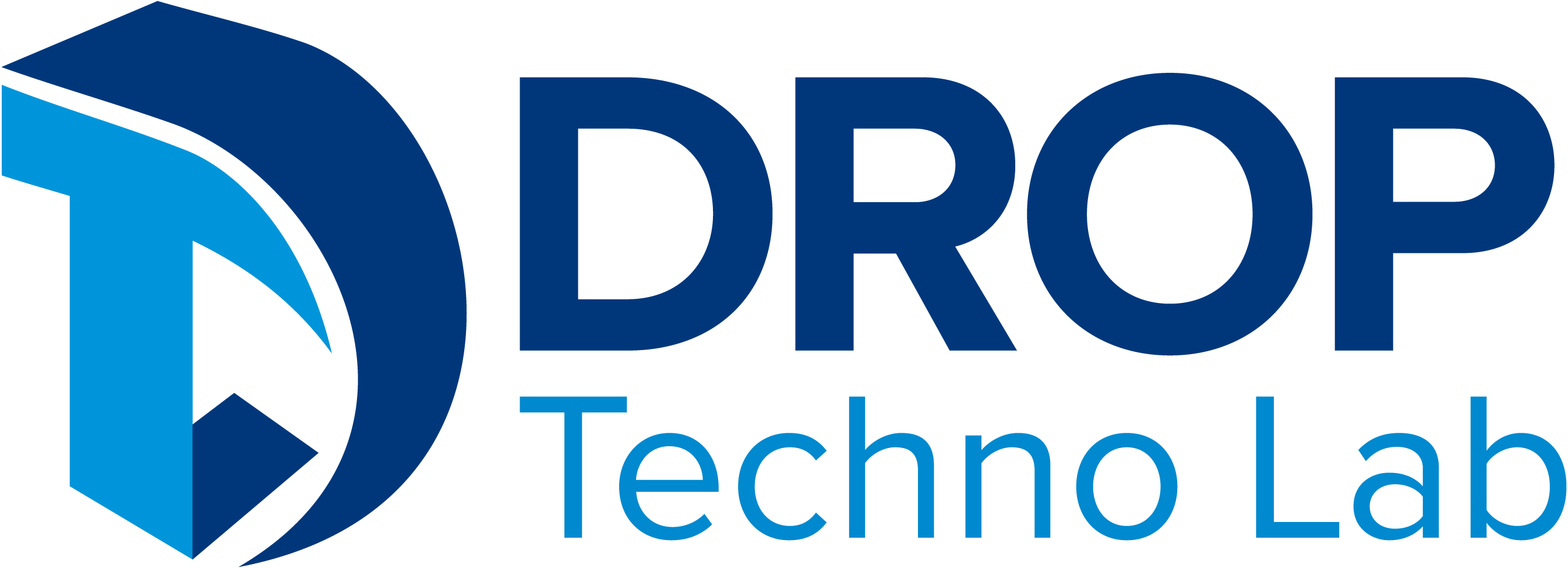Understanding Headless CMS: What You need to know
Virtual content requires handling and transferring data across numerous platforms, including websites, cell apps, and IoT devices. A Headless CMS is a modern solution to this challenge. This newsletter will explain the headless CMS, its essential functions, advantages and disadvantages, and how it differs from conventional CMSs.
What Is a Headless CMS, Exactly?
A Headless CMS is a content material control system specializing in the back end, leaving the layout and format of the front end to be handled separately by developers. The term “headless” means that it does not come with a set, predefined way of displaying content. Rather than storing and managing content without delay on an internet site like WordPress or Drupal, present-day systems store content one by one and supply it to unique platforms or devices using a fixed set of guidelines known as APIs. This allows identical content to be effortlessly used across websites, mobile apps, and other technologies. However, it can require extra technical knowledge to set up for folks who are not acquainted with coding.
Key Features of a Headless CMS
1. Easy Content Sharing:
A headless CMS makes it simple to display content on different devices, such as websites, mobile apps, and smartwatches.
2. Flexible Design:
A headless CMS separates content management from its appearance so developers can use different project styles.
3. Consistent Content:
Unlike traditional CMSs, a headless CMS can share the same content across different platforms without duplicating efforts.
4. Growth-Friendly:
Headless CMSs work well for growing businesses. They can quickly provide content to different channels without slowing down.
5. Strong Security:
A headless CMS reduces the risk of web-based attacks, making it more secure.
Advantages of Using a Headless CMS:
1. More Freedom:
Headless CMSs provide much flexibility in sharing content. You’re not limited to just one website; content can be sent to any platform or device. This is great if you want your content to be available everywhere.
2. Better Tools for Building Websites
Developers like headless CMSs because they let them use the latest front-end technologies. They’re not stuck with old-fashioned themes or plugins, so they can use the newest tools to create innovative websites.
3. Faster Websites
Since the front-end and back-end are separate, each part can be optimized individually. This often leads to faster loading times, better performance, and smoother user experiences, essential for good search engine rankings.
4. Ready for the Future
With a headless CMS, you ensure that your content can adapt to new technologies. As technology changes, new ways of showing content, like augmented reality and AI-driven applications, appear. Using a content management system (CMS) like this means you can share your content in new ways as technology evolves.
Benefits of Using a Headless CMS
1. Enhanced Security
Keeping the content management system separate from the front end reduces the risk of cyberattacks because each layer can be secured independently.
Drawbacks of Headless CMS:
1. Technical Complexity
Unlike traditional CMSs, which allow non-technical users to create websites with little coding, headless CMSs require technical expertise. Developers must build and maintain the front end separately.
2. No Pre-Built Themes or Templates
Unlike traditional CMS platforms that offer pre-designed themes and templates, a headless CMS requires building everything from scratch or integrating third-party services to add these features
3. Challenges for Content Editors
Content editors used to visual previews in traditional CMSs may need assistance to work with a headless setup. While some headless CMSs offer preview capabilities, they are usually less intuitive and require custom setups or integrations.
4. Higher Initial Setup Costs
Since a headless CMS requires a separate front end, the initial setup can be more time-consuming and costly. Development time, front-end frameworks, and API management add to the complexity and cost of deploying a headless solution.
5. No Native SEO Tools
Traditional CMSs often come with built-in SEO plugins or features. SEO must be implemented manually or with third-party tools in a headless environment, which could require additional expertise or services.
Conclusion: Is Headless CMS Right for You?
If you’re trying to figure out whether to use a headless CMS, it depends on what you’re trying to do with your website and how much control you want over its look and feel.
A headless CMS might be a good choice if you want your content to appear in many different places, have complete control over your website’s appearance, or have a system that can grow and change with your business.
On the other hand, if you’re running a small business and your website is your primary focus, a traditional CMS might be a better fit.
Ultimately, the decision should match up with your overall digital strategy. For businesses that want to give each person who visits their site a personalized and consistent experience, a headless CMS can help you stay flexible and keep up with the fast pace of the online world.










